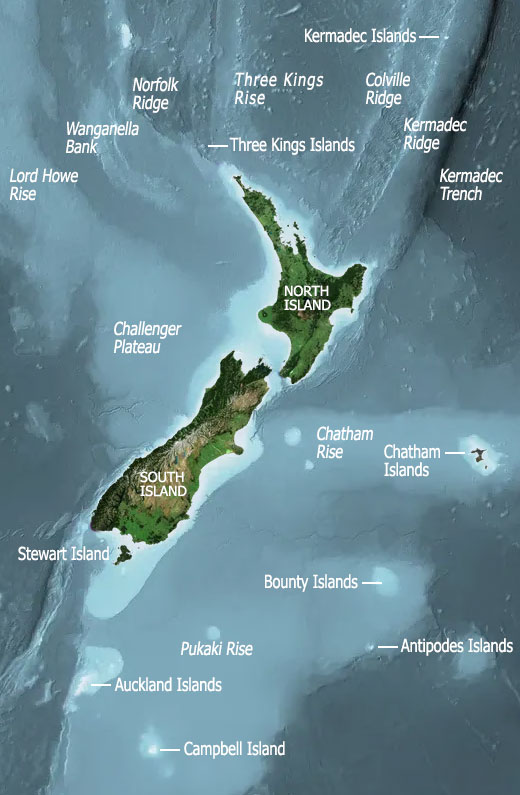Taxonomic Phyla and Classes
Phylum: Mollusca
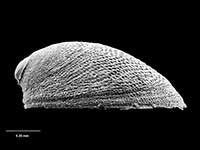
Monoplacophora
A group of small, deep-water, limpet-like molluscs. All species show a variable number of serially repeated gills and eight sets of dorsoventral pedal retractor muscles
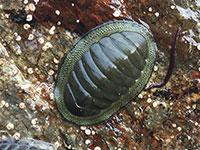
Polyplacophora
Chitons. Limpet shaped animals which attach themselves to solid surfaces. The shell is divided into 8 small plaits or valves, running along the back of the animal, which are embedded in the mantle and surrounding girdle
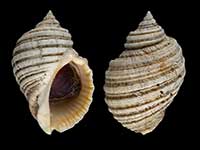
Gastropoda
The largest and most highly varied class of molluscs. Most with a single shell, usually coiled in a right-hand spiral. Some species have a simple cap-shaped shell, some only an internal remnant, or in some (slugs and nudibranchs), the shell is absent.
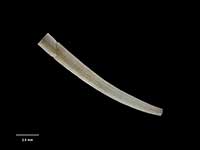
Scaphopoda
Tusk Shells have a tapered tube-like shell, open at each end. At the wide end is the plug-like foot of the animal, and the head from which extend bunches of slender tentacles. The animal burrown in sand or mud, and feeds on foraminifers, the larvae of other shellfish and micro-organisms
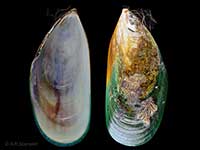
Bivalvia
Shells consisting of two valves, hinged by an elastic ligament and held closed by a pair of adductor muscles. Usually bilaterally symetrical, except in a few families in which one valve may become cemented to a solid surface
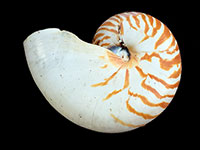
Cephalopoda
This class includes the extinct Ammonites and Belemnites, the living Cuttlefish, Octopus, Squids and Argonauts. Most are soft bodied, but some have an external shell (Nautilus, Argonauta), or internal shell (Spirula)
